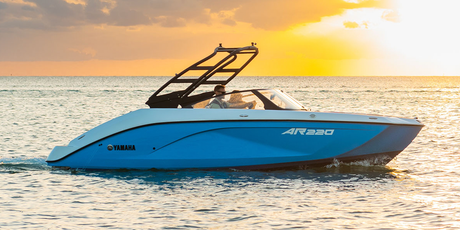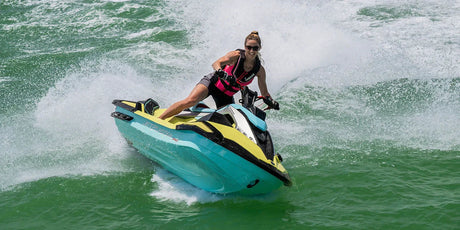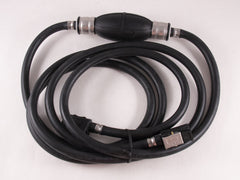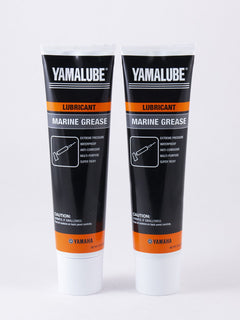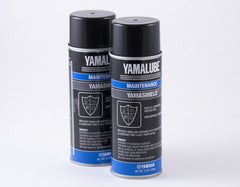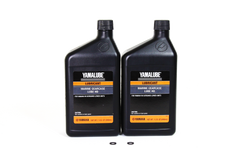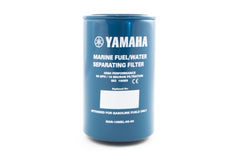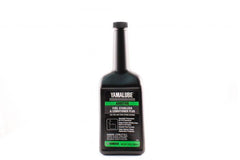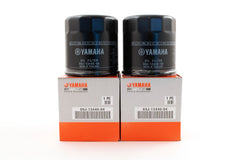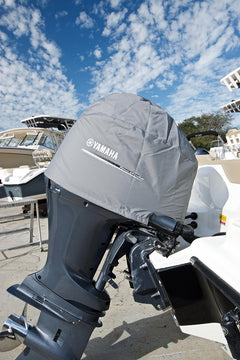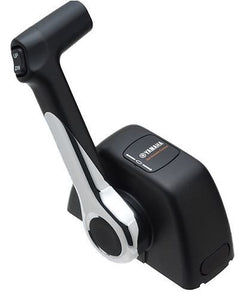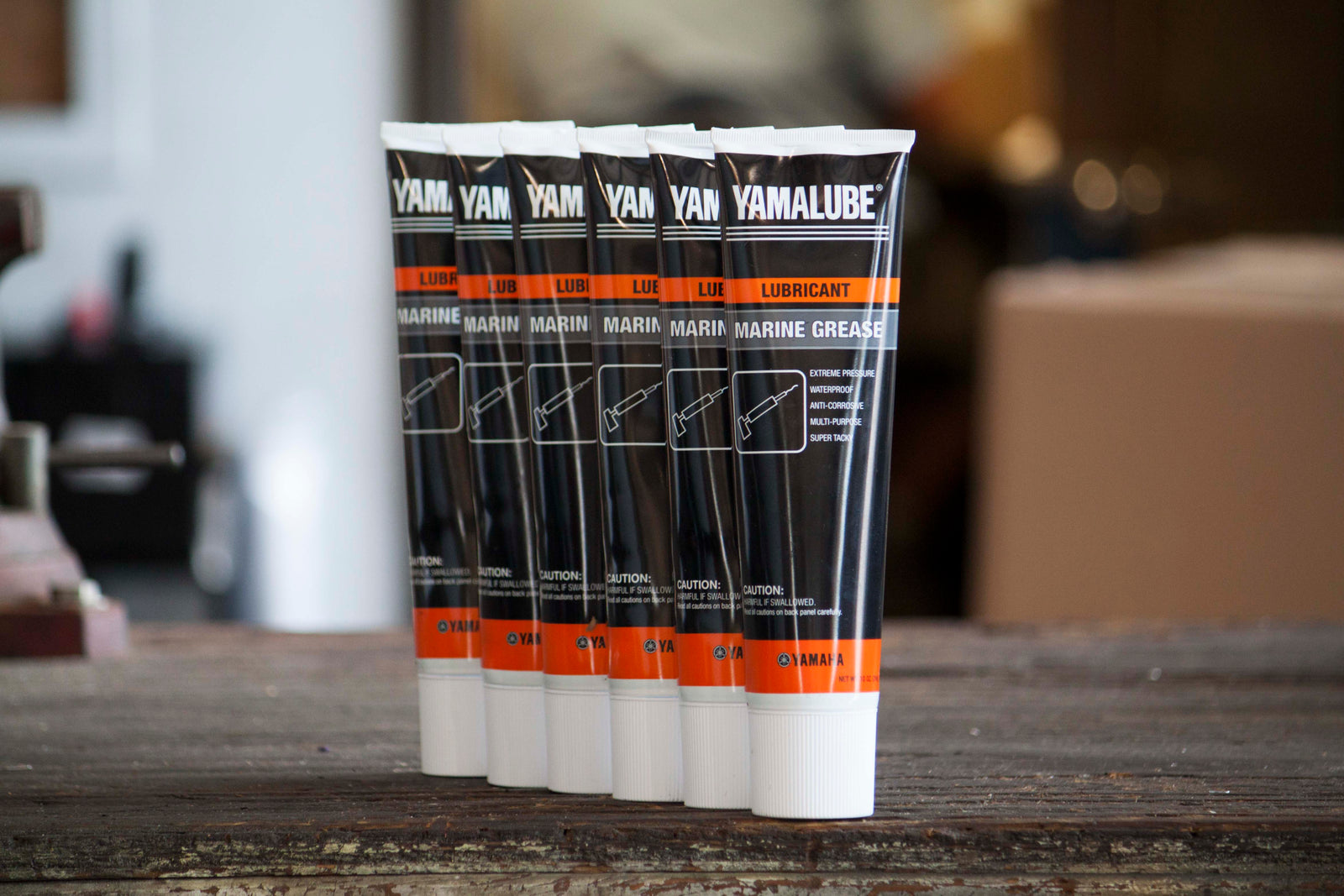
Yamalube Marine Grease – What You Need to Know
Choosing the right grease for your outboard motor isn’t just smart—it’s necessary. Yamaha Online Parts’ Yamalube Marine Grease offers waterproof protection, keeps metal parts moving smoothly, and guards against rust. Whether you're prepping for a new season or stashing your boat for winter, this guide breaks it down simply.
Why Grease Matters for Yamaha Outboards
If you’ve ever had to deal with a sticky steering arm or rusted tilt tube, you know how quickly marine conditions can eat away at your motor. Yamaha’s Yamalube Marine Grease is built for those exact situations—designed to resist saltwater, pressure, and the grime that sneaks in between moving parts.
I learned this the hard way. On a week-long saltwater trip, I skipped greasing one pivot point. By midweek, steering felt like trying to turn through peanut butter. A post-trip inspection? Yep—rust. Never again.
Why Winterizing an Outboard Isn’t Optional
Winterizing your motor isn’t just about freezing temps. Moisture can sit inside your engine for months, slowly causing corrosion. Marine grease creates a barrier to stop that damage. Yamalube’s formula clings to parts like a glove—no matter how cold or wet things get.
What’s the Best Grease for Boat Motors?
According to Yamaha? Their own Yamalube Marine Grease. It’s tested to meet exact performance standards under high heat, water exposure, and RPMs. Cheaper greases might look similar, but they’re not made with the same care—or for the same abuse.
What Yamalube Marine Grease Actually Does
Let’s keep this simple:
- Waterproofing: Marine grease sticks where you put it, even underwater.
- Corrosion Protection: Stops rust before it can start.
- Load-Bearing: Handles pressure from constant motion.
- Longevity: Lasts longer so you don’t have to regrease as often.
Think of it like sunscreen for your motor—miss a spot and you’ll feel it later.
Is It Really Waterproof?
Yes. It passed ASTM water washout tests with flying colors. Between hydrophobic ingredients and good old-fashioned tackifiers, Yamalube grease stays in place even in the worst conditions.
Can I Use Other Brands?
You could—but Yamaha won’t back you up if something goes wrong. If the grease fails, and it wasn’t up to spec, that’s on you. Stick with products that meet Yamaha’s official standards, especially if you care about warranty coverage.
How to Grease a Yamaha Outboard (Without Making a Mess)
Once you’ve got your grease gun loaded, it’s not bad:
Load it up:
- Unscrew the barrel.
- Drop in the grease tube.
- Pull off the seal and screw the barrel back.
- Pump until grease flows.
Find the zerk fittings:
- Look for steering pivots, tilt tubes, and prop shafts.
- Attach the hose tip, pump a few times.
- Wipe off excess, leave a little for extra protection.
Repeat every 50–100 hours or as outlined in your manual.
How to Set Up a Grease Gun (It’s Easier Than You Think)
- Put on gloves. You’ll thank yourself.
- Pull the plunger. All the way back.
- Drop in the tube. Peel back the seal.
- Screw it tight. Loosen slightly to bleed air.
- Pump it a few times. You’re ready to go.
Where to Grease Your Yamaha Outboard
Typical spots include:
- Steering system joints
- Tilt mechanism
- Propeller shaft
- Any visible zerk fitting
After applying grease, work the controls a few times to spread the product through the joints.
Final Thoughts
Skipping grease isn’t worth the risk. Yamalube Grease gives your outboard the protection it deserves. You’ll spend less time in the shop—and more time on the water.
This guide is built from Yamaha’s official maintenance recommendations and firsthand experience from boaters and techs who’ve seen what happens when you cut corners. For your specific motor, always check the Yamaha owner’s manual.
Ready to stock up? Yamaha Online Parts has you covered with Yamaha marine grease, grease guns, and full maintenance kits that match your model.



